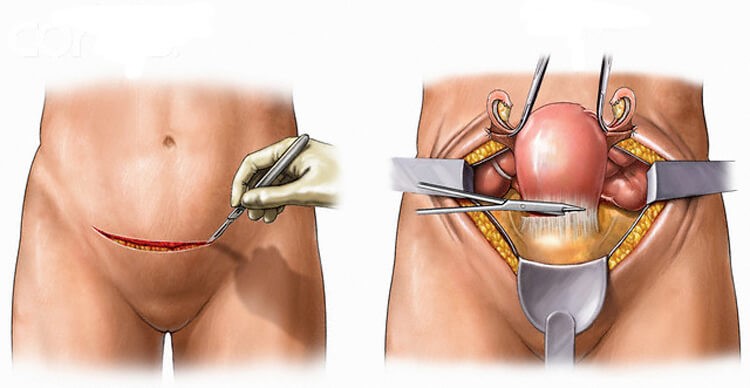Hysterectomy is a surgical procedure that removes the uterus. This procedure is performed by a gynecologist and can be complete (the body, fundus, and cervix) or partial (the cervix is not removed). After the uterus is removed, the woman loses the ability to have children (as well as removing the fallopian tubes and ovaries). If this procedure is performed before menopause, if the fallopian tubes and both ovaries are removed along with the uterus, the woman enters menopause.
Like other surgical procedures, hysterectomy carries risks during the procedure and long-term after-effects. For this reason, surgery is recommended when there is no other treatment option. Oophorectomy (removal of the ovaries) is usually performed along with a hysterectomy to reduce the risk of ovarian cancer. This procedure is usually performed through a 10-centimeter incision in the lower abdomen (suprapubic).


